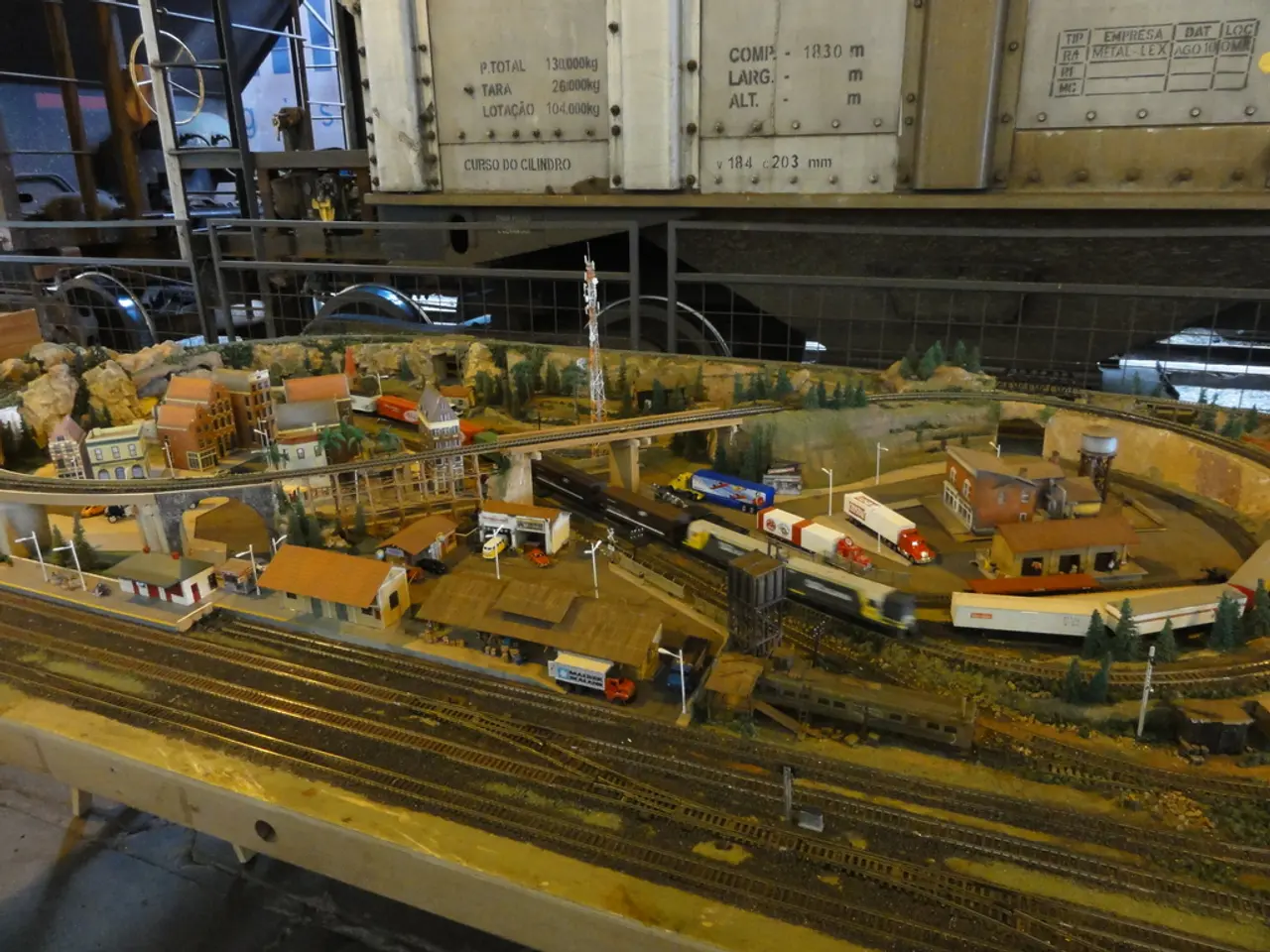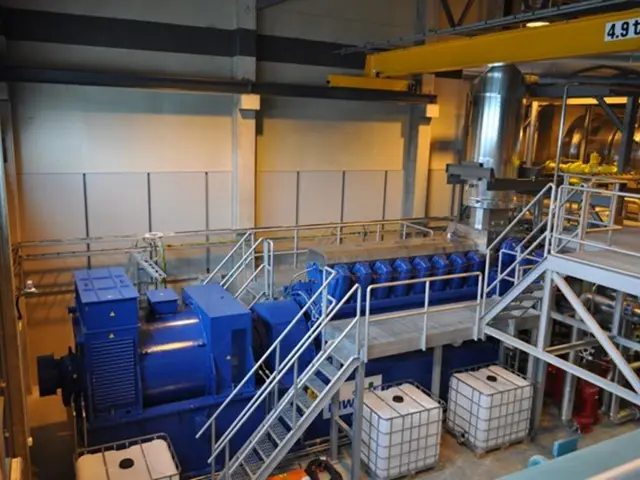Train Station in Lucerne: Present-day Bottleneck may Transform into a Southern Gateway in the Future
Lucerne, a city that sees approximately 100,000 vehicles pass through the A2 highway daily and an equal number of people board or disembark from one of the 800 trains at the Lucerne station, is being considered for a major transformation into a national railway hub. This ambitious project, estimated to cost a billion dollars, has been proposed by ETH professor Ueli Weidmann and endorsed by Federal Councilor Albert Rösti.
The proposed transformation includes the implementation of a high-performance S-Bahn system. To ensure the success of this project, Professor Weidmann has been tasked with proposing feasible and effective projects that will improve the railway landscape in Lucerne.
Achieving this transformation requires a multidisciplinary approach, focusing on comprehensive planning and coordination, advanced digital technologies, stakeholder engagement and policy support, sustainable and future-ready infrastructure, and learning from international best practices.
Comprehensive Planning and Coordination
Developing a detailed, phased master plan is crucial to integrate Lucerne’s existing rail infrastructure with the proposed high-frequency S-Bahn services. This includes optimizing track layouts, platform capacity, and intermodal connections to reduce transfer times and improve passenger flows.
Advanced Digital Technologies
Utilizing Building Information Modeling (BIM), Life Cycle Management (LCM), and digital process planning will enable efficient design, construction, and maintenance. These tools support collaboration among engineers, planners, and policymakers, ensuring the project adapts dynamically to challenges.
Stakeholder Engagement and Policy Support
Ensuring continued support from federal and cantonal authorities, transport companies, and the public is essential to secure funding and regulatory approvals. Close involvement with these actors facilitates rapid problem-solving and alignment of objectives.
Sustainable and Future-Ready Infrastructure
Designing the hub and railway systems to handle increases in passenger and freight traffic efficiently while minimizing environmental impacts requires adopting green building standards and smart infrastructure management. These are increasingly standard in Swiss infrastructure projects.
Learning from International Best Practices
Studying successful railway hubs and high-performance S-Bahn networks in comparable regions will help apply proven strategies for scheduling, customer service, and system resilience, further improving project outcomes.
While direct detailed references to Weidmann’s specific proposal or technical papers are not present in the provided search results, the effective transformation of Lucerne’s rail system by 2045 will depend on these multidisciplinary and digitally enabled approaches, combined with strong political will and adequate investment.
If more precise details of Weidmann’s plan or the Federal Council’s implementation framework become available, further tailoring of recommendations could be offered.
Please note that NZZ.ch requires JavaScript for its important functions. If you are experiencing issues due to a browser or ad blocker, kindly adjust your settings to enable JavaScript on NZZ.ch.
References:
[2] Source for more information on the proposed transformation can be found at NZZ.ch.
Read also:
- Iberia experiences widespread power blackout due to unanticipated power surge in Spain
- Power surge identified as potential culprit behind widespread power failure in Iberia, according to Spanish authorities.
- Streamlining your Logistics Bottlenecks: A Solution!
- Global transport specialists gather in Hamburg to discuss local transit issues







